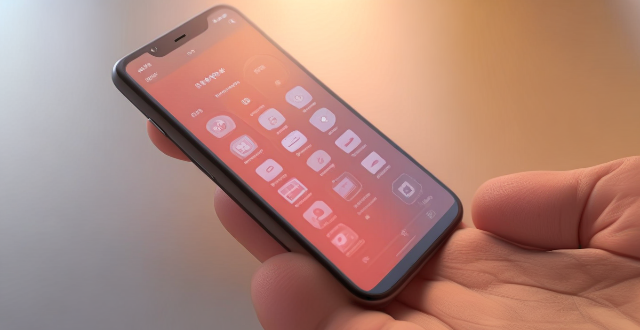Managing app permissions is key to safeguarding your privacy on smartphones. This guide outlines the importance of managing these permissions and provides a step-by-step approach to control what data apps can access. By regularly reviewing, revoking unnecessary permissions, and using management tools, users can enhance their privacy and security while maintaining optimal device performance.

Protecting Your Privacy: Managing App Permissions on Your Phone
Introduction
Privacy is a fundamental concern for smartphone users. One way to safeguard your privacy is by managing the permissions that apps have on your device. This guide will walk you through the process of controlling which apps can access what data on your phone.
Why Manage App Permissions?
- Prevent Data Leaks: Some apps may collect more information than necessary, potentially sharing it with third parties.
- Enhance Security: Limiting access reduces the risk of malicious software exploiting sensitive data.
- Improve Performance: Fewer background processes running amok can mean better battery life and system performance.
Steps to Manage App Permissions
1. Review Current Permissions
- Go to your phone's Settings.
- Look for Apps & notifications (or a similar setting depending on your OS).
- Select the app for which you want to manage permissions.
- Tap on Permissions to see what the app can access.
2. Revoke Unnecessary Permissions
- Identify permissions that seem excessive or unnecessary for the app to function properly.
- Toggle off those permissions.
3. Be Wary of Dangerous Permissions
- Location: Only grant if the app truly needs it for functionality, like maps or weather apps.
- Contacts and Calendar: Think twice before allowing access, especially for games or simple tools.
- Microphone and Camera: These can be particularly sensitive; only enable if video or voice communication is essential.
4. Use Permission Managers
- Some smartphones come with built-in permission managers.
- You can also download third-party apps that offer more granular control over permissions.
5. Regularly Audit App Permissions
- Periodically check back to ensure no new permissions have been added without your consent.
- Remove apps you no longer use to eliminate potential vulnerabilities.
6. Install Updates
- Keeping your operating system and apps updated ensures that security vulnerabilities are patched.
7. Read App Reviews and Privacy Policies
- Before installing an app, read reviews that mention privacy concerns.
- Check the app's privacy policy to understand how they handle your data.
Conclusion
Maintaining a proactive approach to managing app permissions is crucial for protecting your privacy. By regularly reviewing and adjusting permissions, using management tools, and staying informed about app practices, you can significantly reduce privacy risks on your smartphone. Remember, with great power comes great responsibility—apps need our data to work, but it's our job to ensure they don't take more than they need.